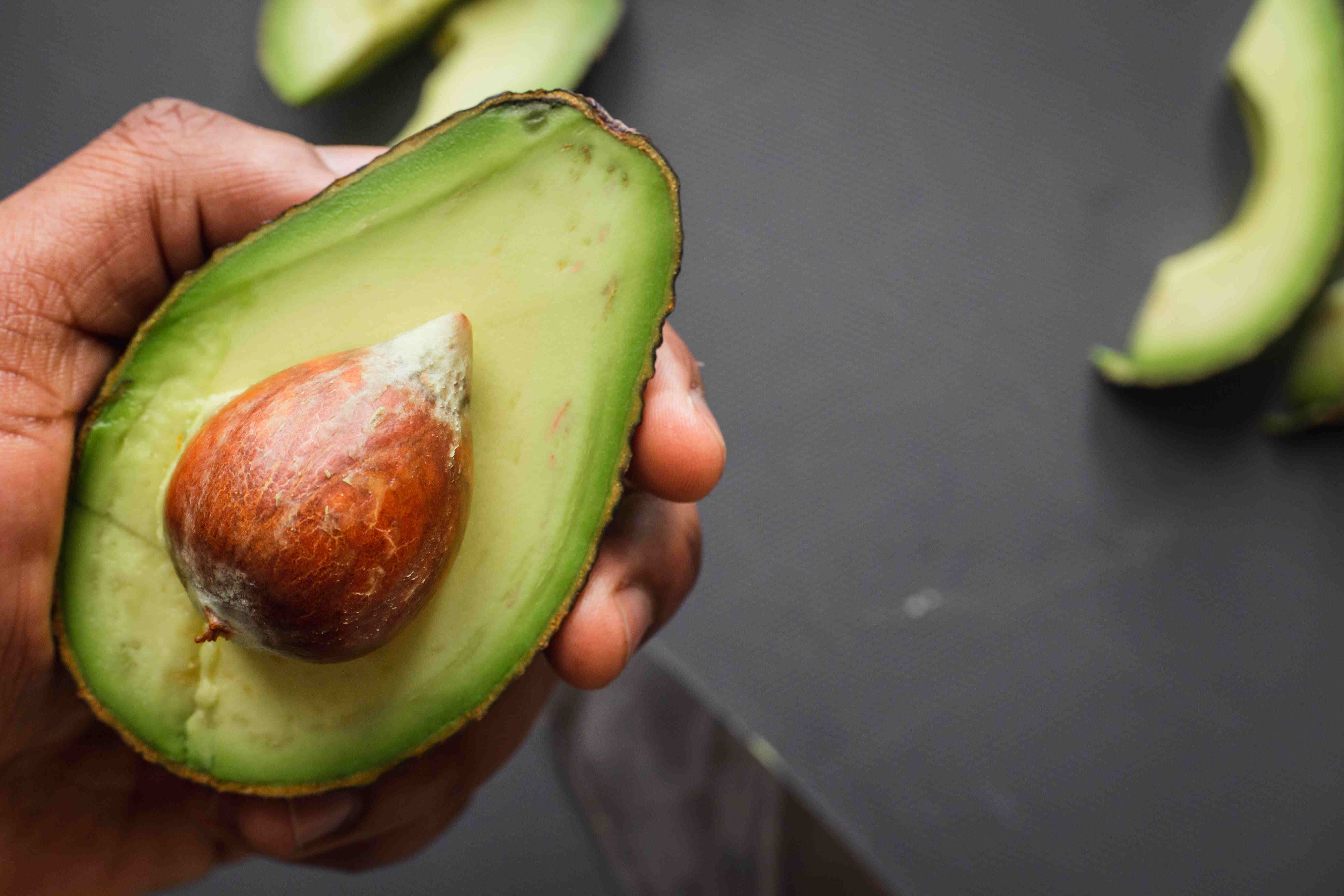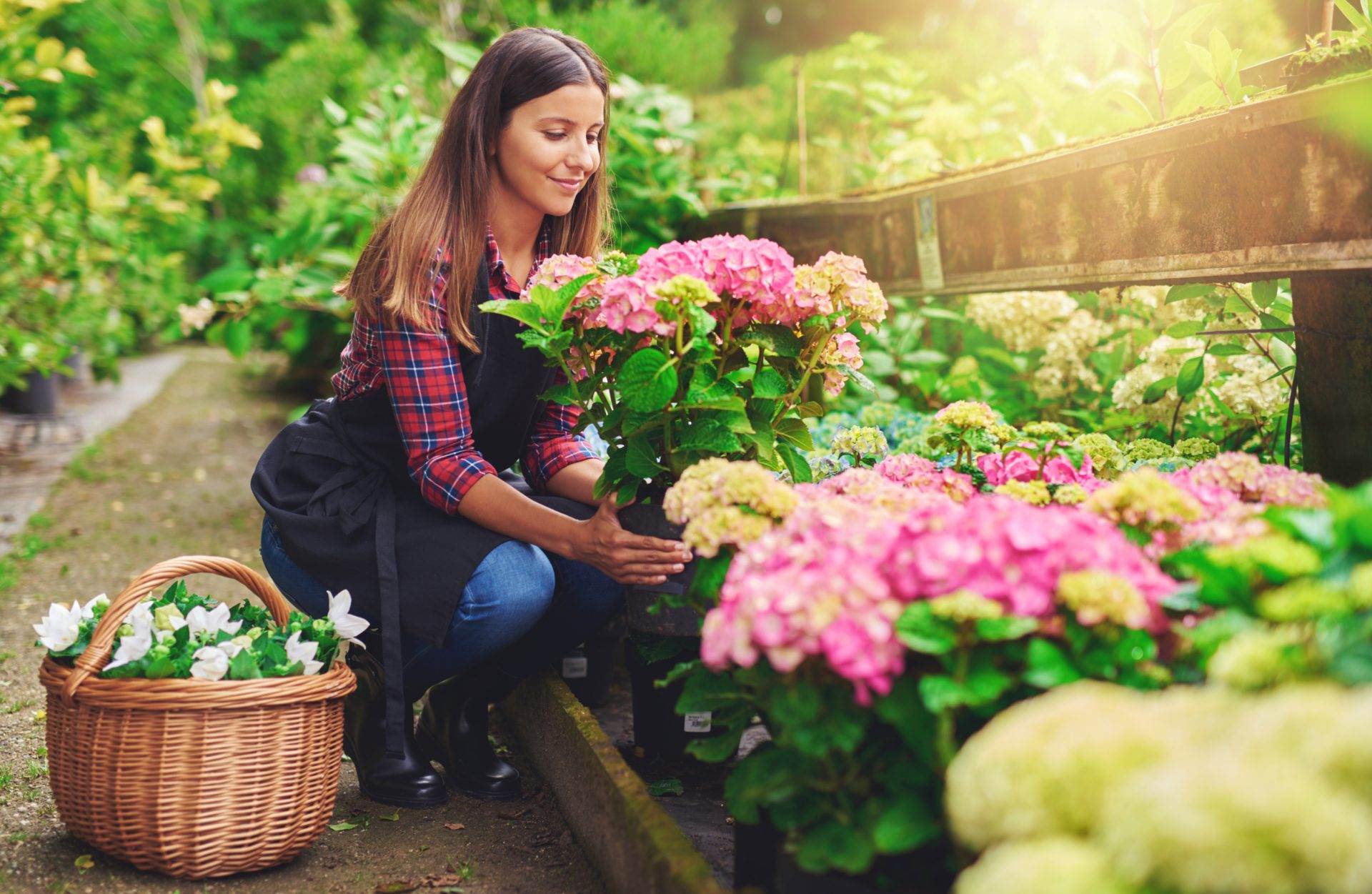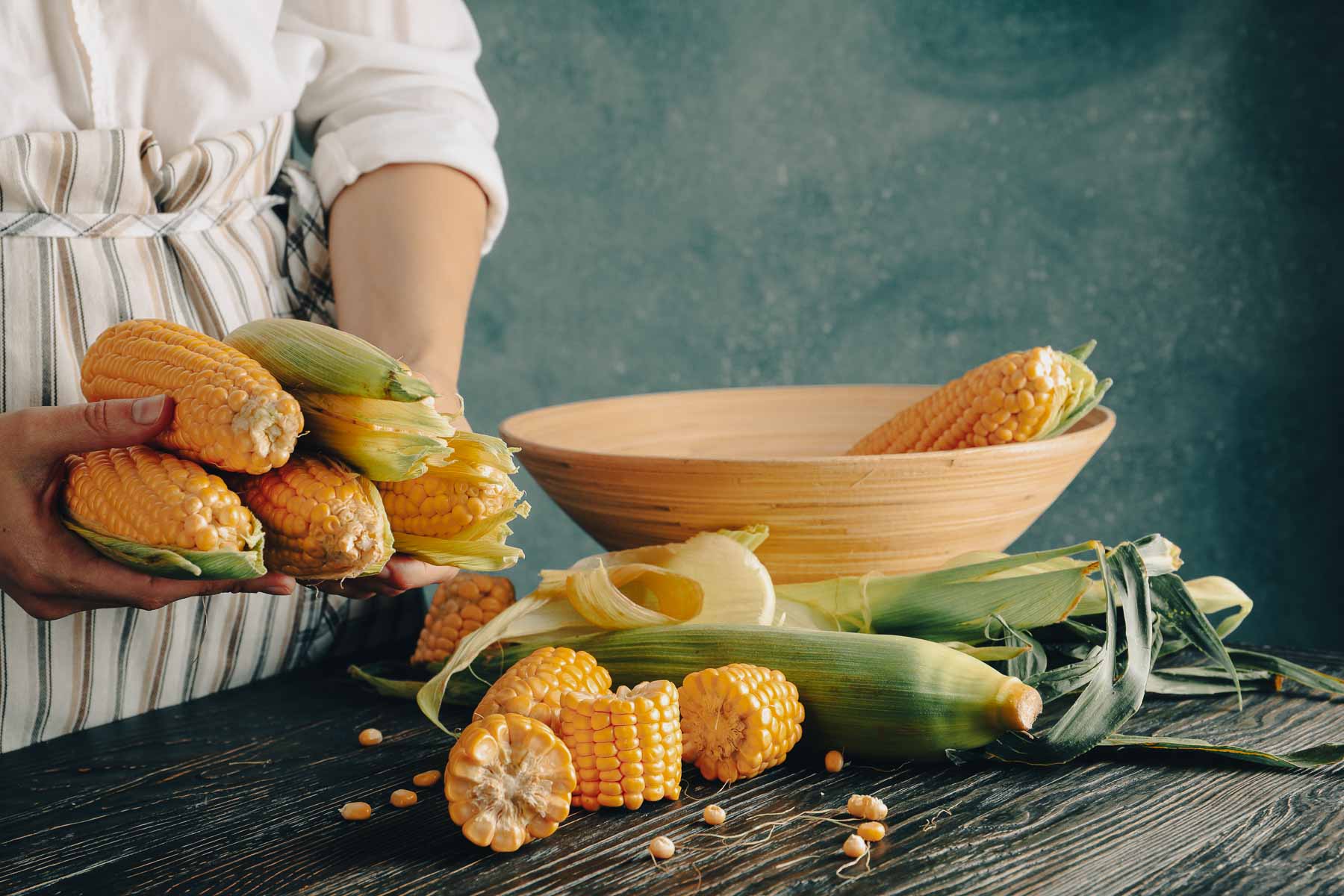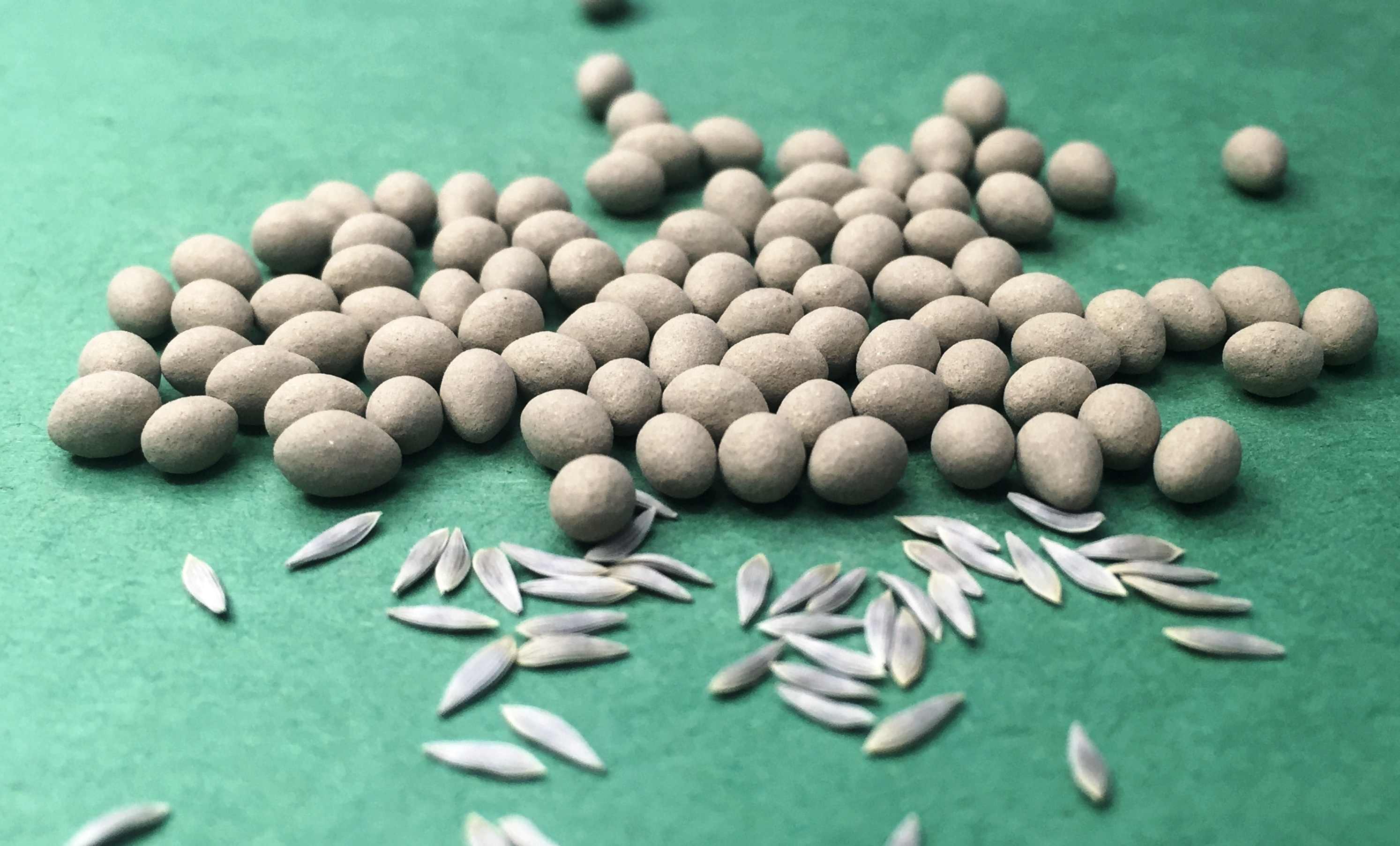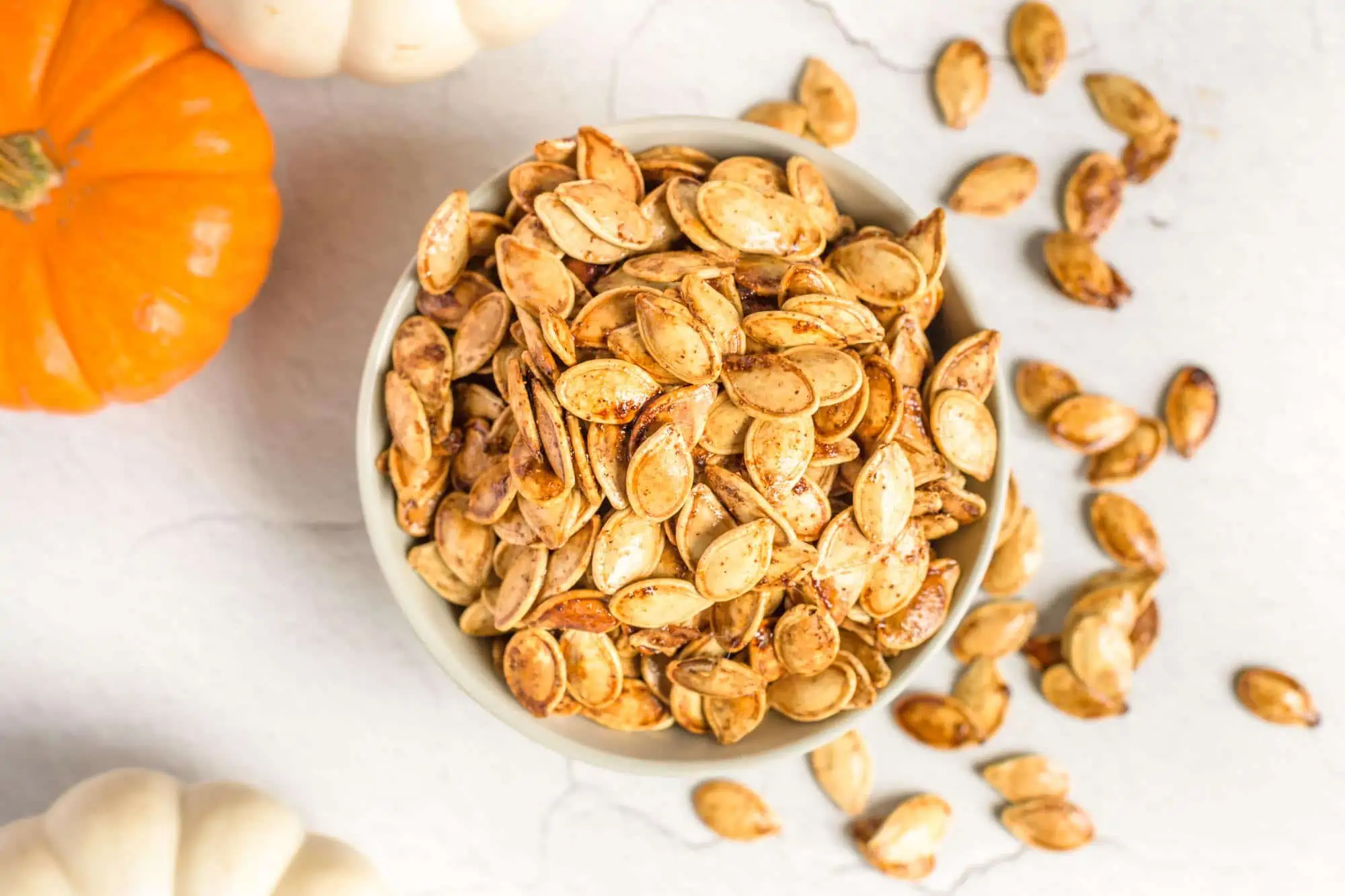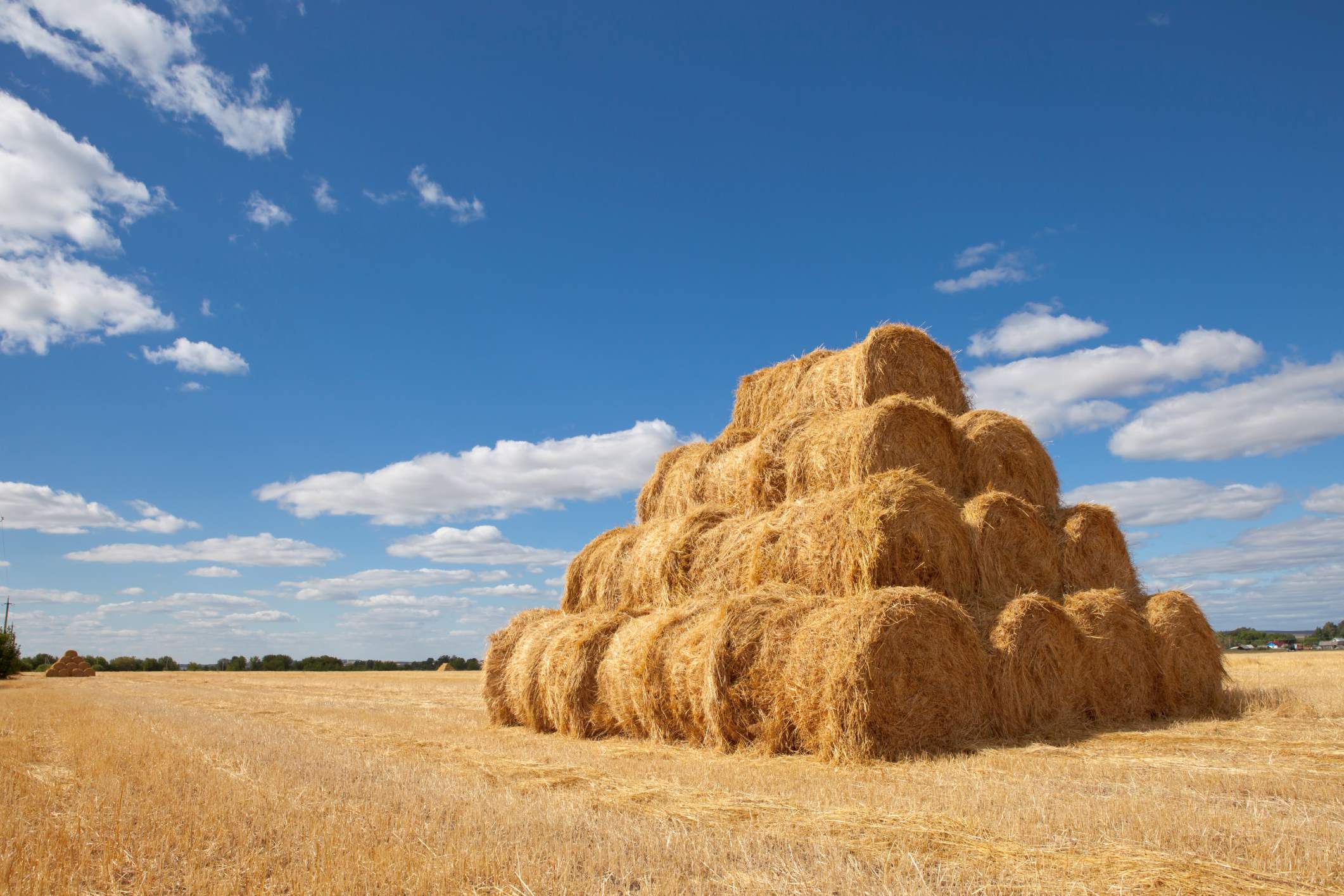Home>Types of Gardening>Edible Gardening>How Do You Plant Avocado Seeds
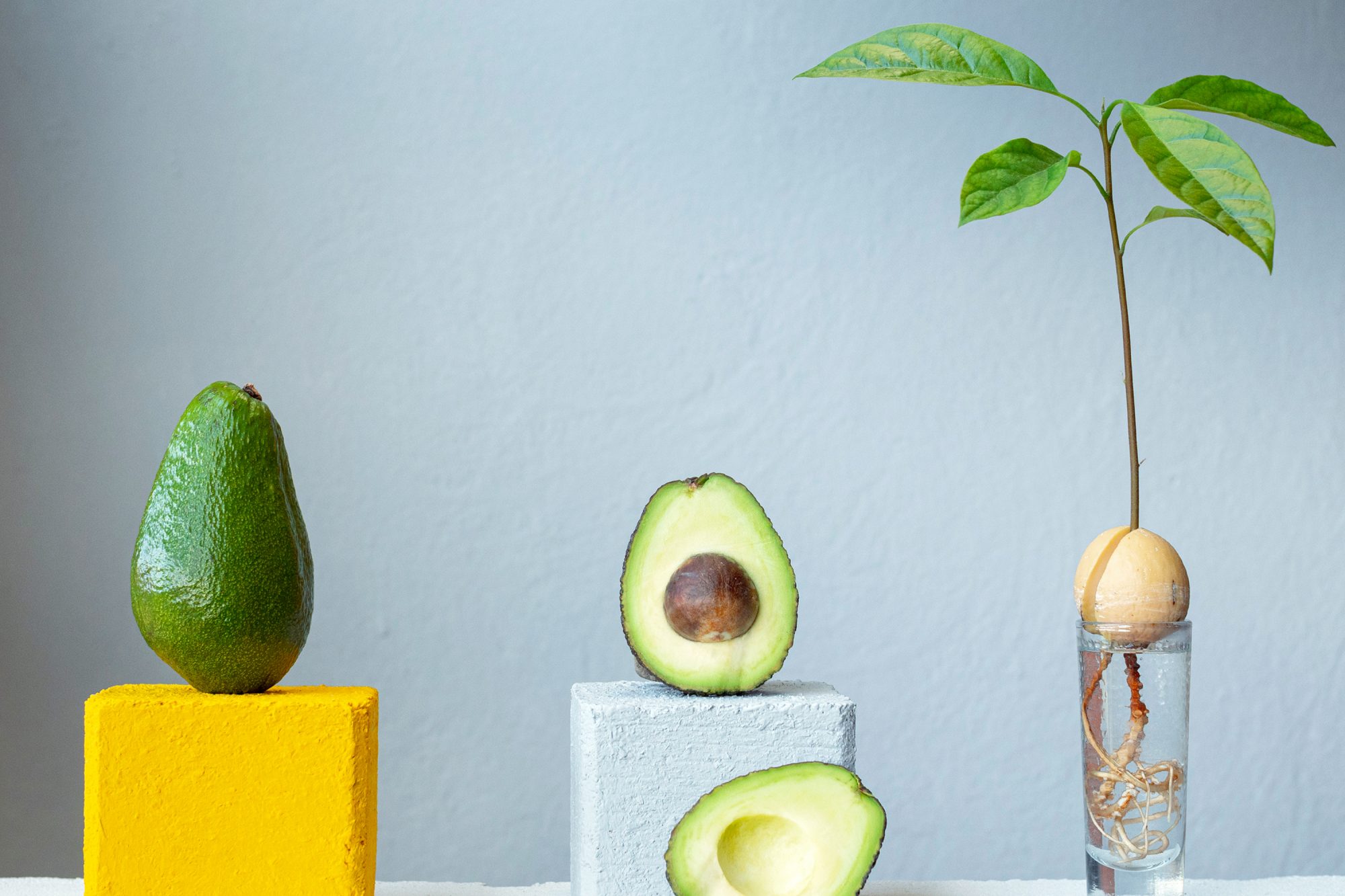

Edible Gardening
How Do You Plant Avocado Seeds
Modified: February 9, 2024
Learn how to plant avocado seeds in your own edible garden. Discover the simple steps and tips for successful cultivation.
(Many of the links in this article redirect to a specific reviewed product. Your purchase of these products through affiliate links helps to generate commission for Chicagolandgardening.com, at no extra cost. Learn more)
Table of Contents
Introduction
Are you a fan of fresh, creamy avocados? Why not try growing your own avocado tree right at home? Not only is it a fun and rewarding gardening project, but it also allows you to have a constant supply of delicious avocados right at your fingertips. In this guide, we’ll walk you through the step-by-step process of planting avocado seeds and nurturing them into healthy, thriving plants.
Avocado trees are native to Central and South America and thrive in warm climates. However, even if you live in a cooler region, you can still grow avocados indoors or in a greenhouse. With a little bit of patience and care, you can enjoy the satisfaction of watching your avocado seed transform into a beautiful tree that produces delicious fruits.
Not only are avocados incredibly tasty, but they also offer numerous health benefits. They are rich in heart-healthy monounsaturated fats, which can help lower bad cholesterol levels. Avocados are also a great source of vitamins C, E, and K, as well as dietary fiber. Incorporating homegrown avocados into your diet can add a burst of flavor and nutrition to your meals.
Before we dive into the planting process, let’s go over the materials you’ll need to get started.
Materials Needed
Before you get started with planting avocado seeds, gather the following materials:
- An avocado – Choose a ripe, healthy avocado with a large pit. It’s best to use an avocado that you have recently enjoyed to ensure freshness.
- A knife – Use a sharp knife to carefully extract the pit from the avocado without damaging it.
- Toothpicks – You will need a couple of toothpicks to suspend the avocado seed over a glass of water.
- A glass or jar – Find a glass or jar that is tall enough to hold the avocado seed. Make sure it is clear so you can easily monitor the water level.
- High-quality potting soil – Choose a well-draining potting mix specifically formulated for container gardening.
- A planting pot – Select a small pot with drainage holes at the bottom. This will allow excess water to escape and prevent root rot.
- A larger pot – As your avocado plant grows, you will eventually need to transfer it to a bigger pot. Have a larger pot ready for future use.
- A sunny location – Avocado trees love sunlight, so choose a sunny spot either indoors near a window or outside in a sheltered area.
- Water – Ensure you have access to clean, non-chlorinated water to keep your avocado seedlings hydrated.
Once you have gathered all the necessary materials, you’re ready to begin the avocado planting process. Let’s move on to the first step: preparing the avocado seed.
Step 1: Preparing the Avocado Seed
Before you can plant your avocado seed, you need to prepare it properly. Follow these steps to ensure successful germination:
- Remove the pit from the avocado: Carefully cut around the avocado, vertically, until you hit the pit. Twist the two halves apart, and remove the pit using a spoon or your fingers. Be gentle to avoid damaging the seed.
- Clean the seed: Rinse the avocado seed under cool water to remove any flesh or debris. Use your fingers or a soft brush to gently scrub the seed, ensuring it is clean and free of any residue.
- Identify the top and bottom of the seed: One end of the avocado seed will be slightly pointed, while the other end will be flat and slightly broader. The pointed end is the top, and the flat end is the bottom.
- Locate the end with the dimple: On the bottom flat end of the seed, you will notice a small, slightly sunken area called the dimple. This is where the roots will eventually emerge.
- Prepare the seed for suspension: Take four toothpicks and gently insert them into the sides of the seed, evenly spaced around its circumference. The toothpicks should be inserted about halfway up the seed, leaving the other half exposed.
Now that your avocado seed is prepared, it’s time to move on to the next step: soaking the avocado seed to encourage germination.
Step 2: Soaking the Avocado Seed
Soaking the avocado seed before planting helps to soften the outer shell, allowing moisture to penetrate and stimulate germination. Follow these steps to properly soak your avocado seed:
- Fill a glass or jar with water: Fill a glass or jar with clean, room temperature water. The water level should be enough to submerge the bottom part of the avocado seed without touching the toothpicks.
- Suspend the seed over the water: Carefully place the avocado seed into the glass or jar, ensuring that the bottom part with the toothpicks is submerged in water. The toothpicks should rest on the rim of the glass, holding the seed in place and preventing it from sinking or touching the water.
- Find a suitable location: Place the glass or jar in a warm location with indirect sunlight. Avoid placing it in direct sunlight as it could overheat and harm the seed.
- Check the water level: Check the water level in the glass or jar regularly. Ensure that the bottom part of the seed remains submerged. If the water level drops, add more water to maintain the desired level.
- Be patient: Allow the avocado seed to soak for about two to six weeks. During this time, keep an eye on the seed, checking for any signs of root development.
Soaking the avocado seed is an essential step in promoting successful germination. It prepares the seed for the planting process and encourages the growth of roots. Once your avocado seed has soaked for the recommended time, it’s time to move on to the exciting part — planting the avocado seed.
Step 3: Planting the Avocado Seed
After soaking the avocado seed, it’s time to plant it in soil. Follow these steps to ensure successful planting:
- Prepare the planting pot: Fill a small planting pot with high-quality potting soil. Make sure the pot has drainage holes at the bottom to prevent waterlogged roots.
- Create a small hole: Use your finger or a small tool to create a hole in the center of the soil. The hole should be deep enough to accommodate the seed without covering the toothpicks.
- Remove the seed from water: Carefully remove the avocado seed from the water, making sure not to damage any developing roots.
- Plant the seed: Place the avocado seed into the hole in the planting pot, with the toothpicks resting on the rim of the pot. The pointed end of the seed should be facing upward, while the flat, bottom end should be submerged in the soil.
- Cover the seed with soil: Gently cover the seed with soil, leaving about a quarter of the top exposed. Ensure the seed is securely planted and upright.
- Water the soil: Give the freshly planted avocado seed a thorough watering to settle the soil. Be careful not to overwater, as excessive moisture can lead to rot.
- Find a suitable location: Place the planting pot in a warm location with indirect sunlight. Ensure the temperature is consistently between 65-85°F (18-29°C).
Now that your avocado seed is planted, it’s time to move on to the next step: caring for the avocado seedling as it starts to grow.
Step 4: Caring for the Avocado Seedling
Once your avocado seedling starts to emerge, it’s important to provide the right care to ensure its healthy growth. Follow these steps to care for your avocado seedling:
- Watering: Keep the soil moist but not overly wet. Avocado trees prefer consistently moist soil, so water your seedling regularly, making sure not to let the soil dry out completely between waterings. Avoid excessive watering as it can lead to root rot.
- Sunlight: Avocado trees love sunlight, so place your seedling in a location with plenty of bright, indirect sunlight. If growing indoors, a south-facing window is ideal. If growing outdoors, choose a spot that provides some shade during the hottest part of the day.
- Temperature: Avocado trees thrive in temperatures between 65-85°F (18-29°C). Avoid exposing your seedling to extreme cold or heat. If necessary, move it to a more suitable location.
- Fertilization: After the first few leaves have developed, you can start fertilizing your avocado seedling. Use a balanced, organic fertilizer specifically formulated for fruit trees. Follow the instructions on the package for the correct application rate.
- Pruning: As your seedling grows, it may develop multiple stems or branches. Prune away any weak, damaged, or crossing branches to encourage a strong and healthy structure. Pruning should be done carefully, and only when necessary.
- Support: If your avocado seedling becomes top-heavy, provide support by using a wooden stake. Simply stake the plant and loosely attach it using soft plant ties. Be gentle to avoid damaging the roots.
- Pest and disease control: Monitor your seedling regularly for any signs of pests or diseases. Common pests that may affect avocado trees include aphids, mites, and scale insects. If necessary, employ natural pest control methods or consult a gardening expert for guidance.
With proper care, your avocado seedling will continue to grow and develop into a strong, healthy tree. In the next step, we’ll discuss transferring the avocado plant to a larger pot as it outgrows its current container.
Step 5: Transferring the Avocado Plant to a Larger Pot
As your avocado plant grows, it will eventually outgrow its small planting pot. Transferring it to a larger pot is vital to provide enough space for the roots to continue growing. Follow these steps to successfully transfer your avocado plant to a larger pot:
- Choose the right time: It’s best to transfer the avocado plant to a larger pot in early spring when it’s actively growing. This will give it a better chance to acclimate to the new pot.
- Select a larger pot: Choose a pot that is 2-4 inches larger in diameter and depth than the current pot. Ensure the new pot has proper drainage holes to prevent waterlogging.
- Prepare the new pot: Fill the new pot with fresh, well-draining potting soil, leaving enough room at the top for the avocado plant to sit comfortably.
- Remove the avocado plant from the current pot: Carefully loosen the soil around the edges of the current pot. Gently turn the pot upside down and tap the bottom to release the root ball. Be cautious not to damage the roots.
- Place the avocado plant in the new pot: Position the avocado plant in the center of the new pot. Ensure it is at the same depth as it was in the previous pot. Add more soil around the sides, gently pressing it down to secure the plant.
- Water the plant: Give the newly potted avocado plant a thorough watering, moistening the soil to help it settle. Be careful not to overwater, as excess moisture can cause root rot.
- Find a suitable location: Place the potted avocado plant in a location that receives plenty of sunlight. If growing indoors, a sunny window or a plant stand with grow lights can provide adequate light.
- Continue care: Once transferred, continue caring for your avocado plant by watering it regularly, providing sunlight, and fertilizing as needed. Monitor its growth and adjust the care accordingly.
Transferring your avocado plant to a larger pot allows it to continue thriving and growing. Ensure you provide the proper care, and in time, you may be rewarded with beautiful, mature avocado trees that bear delicious fruits.
Conclusion
Growing an avocado tree from a seed is a rewarding and enjoyable gardening experience. By following the step-by-step process outlined in this guide, you can successfully plant and care for your avocado seeds, eventually transforming them into flourishing trees that bear delicious, homegrown avocados.
Remember, patience is key when growing avocado trees from seeds. It can take several years for a seedling to mature and produce fruit. However, the journey is well worth it as you witness the growth and development of your avocado plant.
Throughout the process, ensure you provide the necessary care, including proper watering, sunlight, and occasional fertilization. Keep an eye out for pests and diseases, and take prompt action if needed. With the right care, your avocado seedling will grow into a healthy tree that can provide you with an abundant supply of fresh avocados.
Whether you choose to grow your avocado tree outdoors or indoors, in a garden or a pot, the experience of nurturing it from a seed to a mature tree is truly fulfilling. Not only will you enjoy the beauty of your avocado tree, but you will also savor the delight of harvesting and indulging in the creamy, nutritious fruits it produces.
So, why not embark on this exciting edible gardening journey and start planting your avocado seeds today? Soon enough, you may have a thriving avocado tree right in your own home, ready to provide you with a bountiful harvest of delicious avocados.
